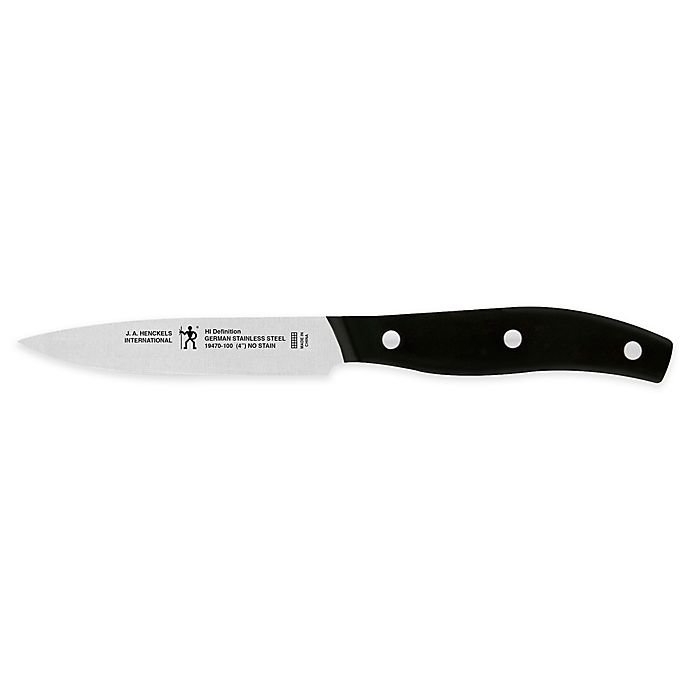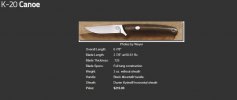- Joined
- May 6, 2018
- Messages
- 891
Once you hold one of these...


The BladeForums.com 2024 Traditional Knife is ready to order! See this thread for details:
https://www.bladeforums.com/threads/bladeforums-2024-traditional-knife.2003187/
Price is $300 ea (shipped within CONUS). If you live outside the US, I will contact you after your order for extra shipping charges.
Order here: https://www.bladeforums.com/help/2024-traditional/ - Order as many as you like, we have plenty.

Perhaps I am over-engineering this because as several people have said, it doesn't take much to process small game. And it isn't a high volume activity. The designs of boning, fillet, and chef's knives are pretty much "perfected" because a lot of butchers, fisherman, and chefs use those all day every day. My hypothesis is that a small game knife is not a priority for most people so they use whatever is "good enough". For example, I use a Buck 110 because I have it with me and it works fine but I wouldn't say it is ideal. Is a Case Trapper the "ideal" knife or the most convenient knife that works? Are wharnies not common because they are the wrong design for the application or because few people have them in their pocket?
I am not claiming that the characteristics that I described are 'better' than everything else... just wanted to provide my logic to start the conversation. I welcome responses that say "no, you wouldn't want a wharnie because ABC, an XYZ blade profile would be better because...".
It looks like I should get a B&T. In that case, what is the "ideal" B&T (blade length, grind, steel, etc.)?
Darth_Blader suggested a bonebreaker knotch.
Fixed blade would be easier to keep clean than a folder.


Good suggestion. What about the third one from the top, what is that? I would think the straight blade section and jimping would be useful for the ankle/knee bone cuts.I will just say this : A.G. Russell Woodswalker. If you want to design and better it, make the blade a tad longer.
Second from the top :
How about a muskrat, with two identical California clips. Two blades vitiates edge retention.
This
Case designed the Muskrat over 100 years ago with this purpose in mind. They had people travel all over the country (but mostly Louisiana) to ask trappers & hunters their input on a pocketable knife for small game.
The Muskrat was born and named for the muskrat trappers in Louisiana
it has a modified clip blade that is thin and somewhat flexible, with spare blade in case the main blade dulls in the field.
plus...it’s just plain cool
this is a popular modification of the Muskrat where the main blade is a modified clip point and the secondary blade is a wharncliffe
View attachment 1365448
Good suggestion. What about the third one from the top, what is that? I would think the straight blade section and jimping would be useful for the ankle/knee bone cuts.
I have done the same (2-blade jack knife), but never a paring knife (at least not yet). I like having an extra blade that is kept sharp or very sharp and used little. It is a back up built into the very same knife rather than two knives. I carried a Schrade 250T for a number of years deer hunting. Worked just fine, but I always had a smaller knife in my pocket if I needed something smaller.For small game I’ve always used a medium size stockman or a trapper, a 2- 2.5 blade is plenty good for rabbit and squirrel. For medium size game I use mostly the same but step up to a large size trapper 2.7- 3 inch blade or a Buck 112. There’s been a few times I’ve used a 3 inch paring knife. A clip and a spay blade is a good combination though.
